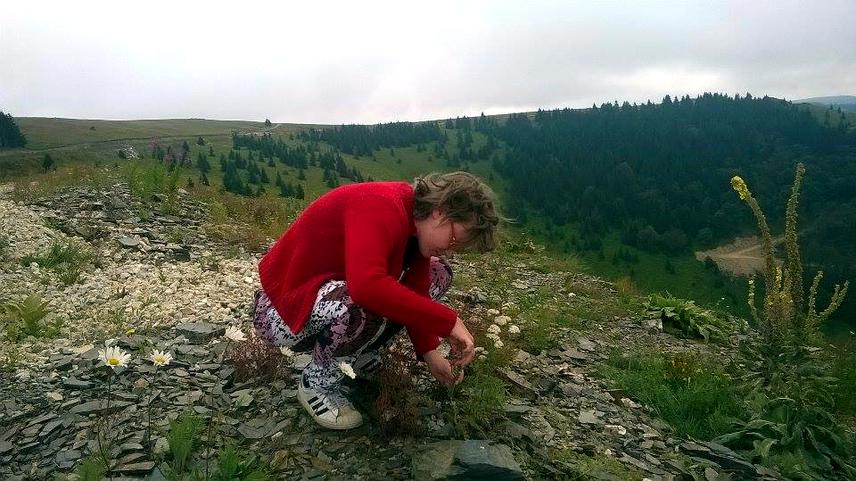Korana Kocic
Other projects
22 Mar 2016
Aphid Parasitoids (Hymenoptera: Braconidae: Aphidiinae) of High Mountains in Serbia
Native coniferous forests in Serbia, with several endemic conifer tree species and highly specialized insect communities, represent a unique ecosystem. This habitat is highly endangered due to several factors that are causing drying out of large areas of the forests throughout the Balkan Peninsula. Poorly investigated conifer aphids and strictly specialized aphid parasitoids are highly dependent upon the survival of the conifer tree. For coniferous forests the data is scarce and there is no information how the disturbance of habitat influences tritrophic interactions. Due to present threatening factors, there is an urgent need for further research on this subject.

Native coniferous forests in Serbia, restricted to high mountain areas, represent a unique environment for a wide number of insect communities that are often highly specialized. This rare ecosystem is considered highly endangered and any disturbance of the natural balance can have a large negative impact on its flora and fauna. Coniferous forests in Serbia are recently suffering due to several factors that combined represent a great threat to the habitat. Climate change is causing more dry summers and mild winters which physiologically weaken the conifers that are then attacked by phytophagous insect species and parasitic fungi.
The outbreaks of these insects and fungi are considered a very serious problem throughout the world, as they can devastate a large surface of the forest in a very short time. The aim of this project is to establish diversity and condition of tritrophic associations of conifers, aphids and parasitoids in forests that are suffering from phytophagous insect outbreaks and parasitic fungi. Sampling of aphids and parasitoids from conifers is laborious and time consuming, therefore there is a general lack of data about these trophic interactions, their population distribution and biology. For Serbian coniferous forests the data is scarce and there is no information how the disturbance of habitat influences tritrophic interactions. We would like to put more effort into collecting samples and gathering precise and complete data for these unique communities. During the fieldwork, we will survey all sites where the coniferous forests are on their ecological minimum and also sample in healthy forests in order to determine the state of undisturbed aphid and parasitoid populations. By doing this, we will know the consequences of outbreaks of pest insects and parasitic fungi to subject tritrophic associations.
Furthermore, we will create a checklist of poorly investigated and strictly specialized parasitoids that parasitize exclusively conifer aphids restricted to this kind of ecosystem. We would also like to raise awareness within the public and local communities, not only about the importance of parasitoids and aphids, but also of whole coniferous forest ecosystems and how they are influenced by different factors, since we consider that there is general lack of any information and knowledge. We will provide educational material, hold presentations to local, public and scientific community and workshops for children.